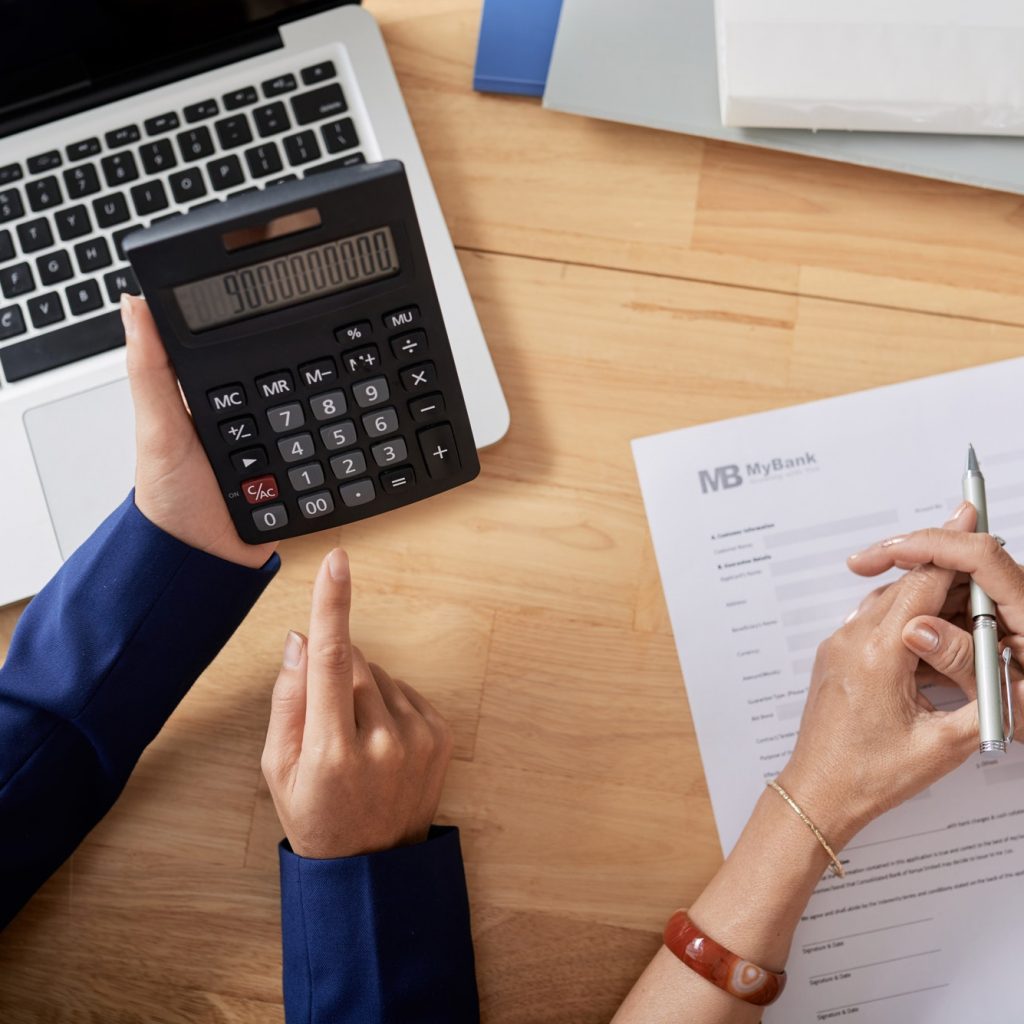What is it and why do borrowers have to pay PMI?
Private mortgage insurance is not homeowners’ insurance. They are two different types of insurance. Homeowners’ insurance insures the home. PMI protects the lender if you default. Financing a borrower who puts down a smaller down payment is riskier for the lender. If the borrower defaults on the loan, there is less equity in the home and the lender loses out. PMI is paid until you reach 20% equity in the home, and then you no longer need to pay it. It’s important to note that the PMI money goes to the lender and not toward your loan. It is an additional fee on top of the principal and interest you pay each month.
PMI payments are actually very common because many homeowners can’t afford a 20% down payment. For example: A home purchased at $300,000, would require a $60,000 down payment in order to avoid private mortgage insurance. That’s a significant down payment for some home buyers. PMI allows them to purchase a home with a smaller down payment. Once the buyer has 20% equity in the home, they can request that the PMI is dropped.

What determines the amount of your PMI?
Just like other kinds of insurance, PMI rates can change daily. It usually falls between 0.5%-1.0% of your loan amount per year for a long as you are paying PMI. Going back to our example, that means the private mortgage insurance on a $300,000 home could cost you anywhere from $1,500 – $3000 a year for every year you are paying for PMI. This comes to an additional $125 – $250 added to your mortgage payment. This is important to consider when using mortgage calculation tools. Not all calculators will add in PMI.
Down Payment Amount:
Lenders will consider how much you put toward your down payment when determining PMI. Typically, a smaller down payment means your mortgage payment will be higher. That increases the risk of default, so your PMI will be higher. It will also take longer to reach 20% equity and drop the PMI.

Credit History
Your credit score and history of paying your bills factors in as well. Have you paid on time? Do you pay off your debt or pay only the minimum payments? Do you max out your credit cards? A lender will look at all of this to determine if you’re a responsible borrower or a risk. A lower credit score could increase your PMI.
Type of Loan
Fixed-rate loans are lower risk because the rate won’t change, and your mortgage payment amount is the same. Adjustable-rate mortgages (ARM) are loans for which the interest rate will vary depending upon the market. Higher rates could result in someone defaulting later. A lender may require a higher PMI for this type of loan.
Types of PMI
There are two types of PMI:
- Borrower-paid mortgage insurance (BPMI) which, as mentioned above, is paid as part of your mortgage. This is the most common type of private mortgage insurance.
- Lender-paid private mortgage insurance (LPMI). Your lender pays the mortgage insurance upfront at closing. It’s repaid through an agreed upon higher interest rate.
What can you do to avoid Borrower-paid PMI?
- Pay 20% for your down payment?
- Request PMI be removed when have 20% equity in the house.
- Take out a different type of loan. Just be aware that FHA and USDA loans have fees that are like PMI. FHA has mortgage insurance premiums, and USDA loans have guarantee fees. These fees typically last the entire loan term. FHA will shorten that period to 11 years if you put down 10% or more.
- Get a VA loan if you qualify. VA loans have a one-time funding fee. You can pay it when you close or have it added to the loan amount. Sometimes this is called VA loan mortgage insurance. Note: Not required if you receive VA disability or are the surviving spouse someone who died as a result of their service in the military.
- Finance a “piggyback loan” to get you to a 20% down payment. For example: If you have 15% of the down payment, you could take out a home equity line of credit to cover the other 5%. This leaves you with two separate mortgages/loan payments. The second loan will have a higher rate, so it’s important to crunch the numbers to see if this is to your advantage or not.
How do you get rid of PMI?
- After you’ve reached 20% equity through your payments, make sure you notify your lender to remove it. If it’s not automatically done at 20%, it will be removed at 22% equity.
- Make home improvements and significantly increase the value of your home. PMI can then be removed.
- Be aware of a market driven increase to value of your home (two or more years after closing).
- Refinance your mortgage: Sometimes a new lender may be willing to negotiate or a higher valuation may not require PMI.

PMI and Multi-Unit Property
Fannie Mae Loans: You can request cancellation of PMI after you reach 30% equity. If you don’t request it, they will cancel it mid-way through the loan term.
Freddie Mac: You can request cancellation of PMI after 35% equity is reached. They will not automatically cancel mortgage insurance. You must request it.
FAQ:
What’s the difference between PMI and MPI (mortgage protection insurance)?
MPI is insurance you buy to cover your mortgage payments even after you die. It protects family members facing foreclosure on the property. It’s also called mortgage life insurance. PMI protects the lender in case you default on your loan.
Does it matter if I cancel my PMI at 20% equity or wait until it automatically cancels PMI at 22%?
Yes. Once you’ve reached 20% equity, you no longer need the insurance. If you keep paying the PMI until it automatically cancels at 22% equity, you are losing money. Remember, that money goes to the lender, not toward your loan. If you’re paying $125 PMI each mortgage payment, you’re losing that amount every payment you make after you’ve reached 20% equity. Make sure you know when you will hit the 20% equity mark and make that call or request to cancel PMI.
Should I pay off my PMI early?
If you’re able to make extra payments on your home (pay down your mortgage faster) and reach 20% equity sooner, and your loan terms permit it, then yes. It’s too your advantage to do so. As soon as you reach 20% equity in your home, you can request to have PMI removed. This decreases your monthly payment and saves you money.


